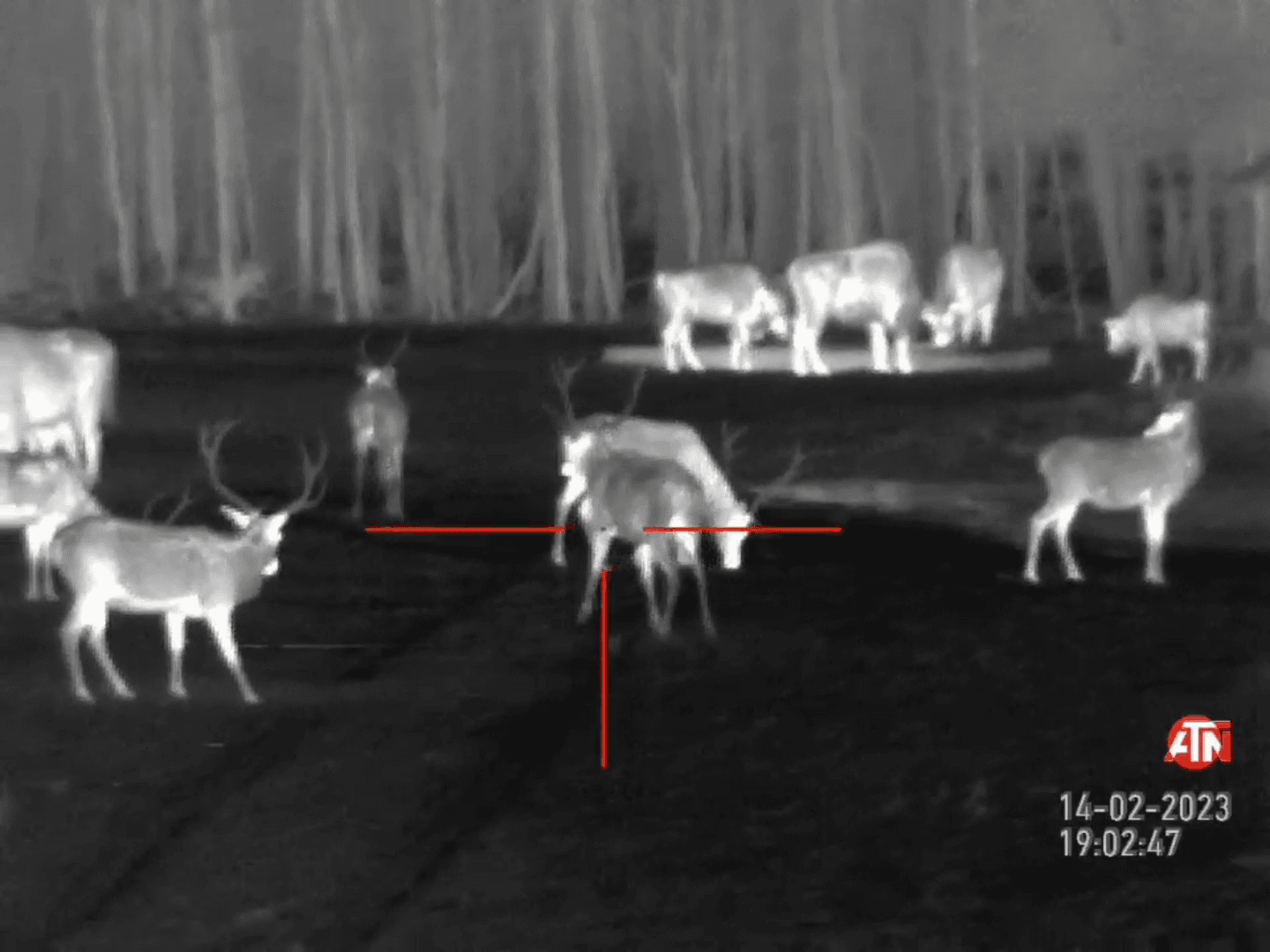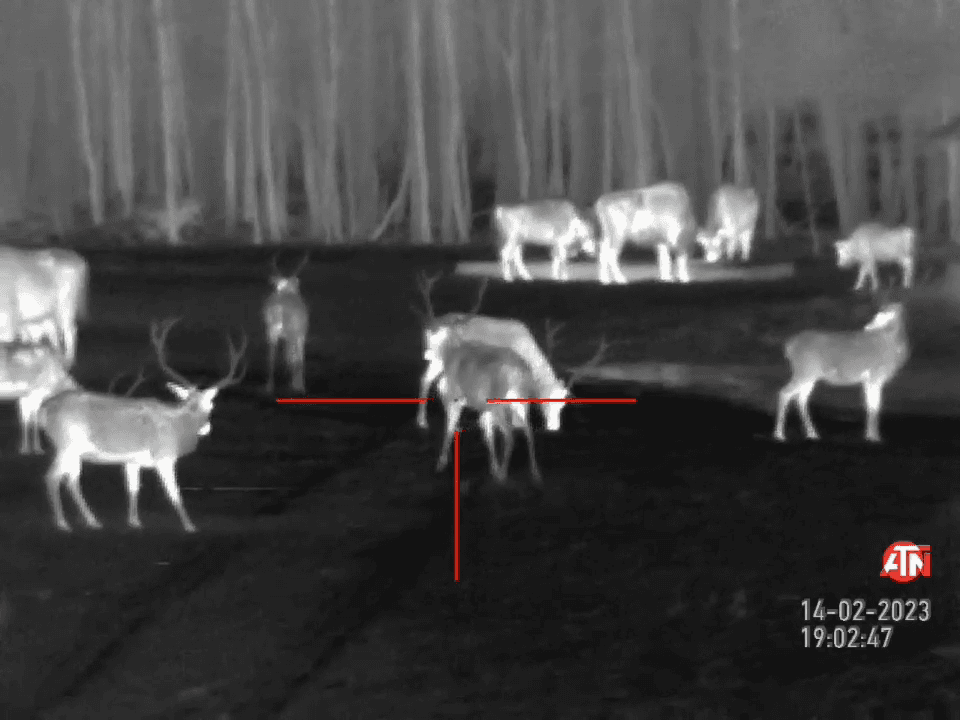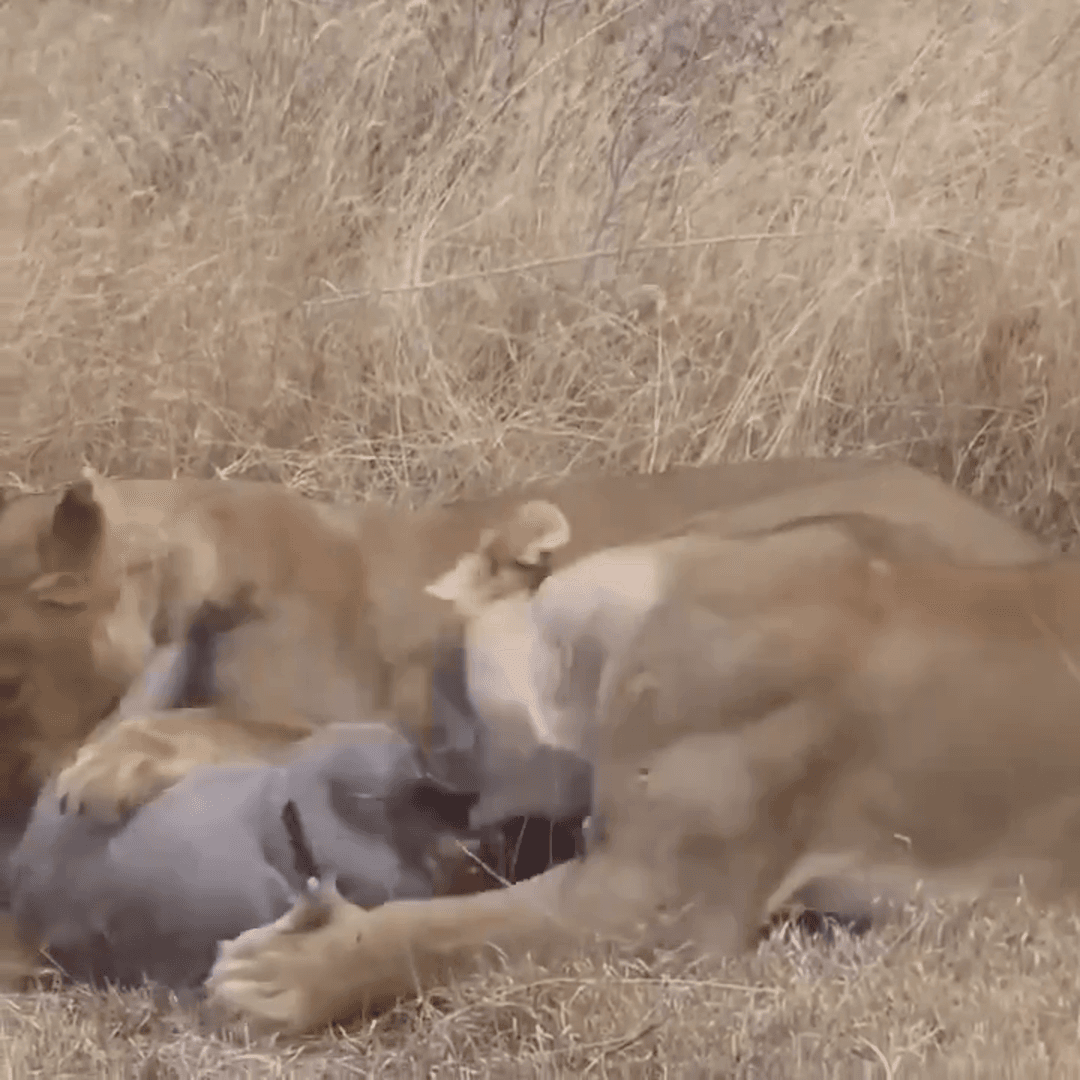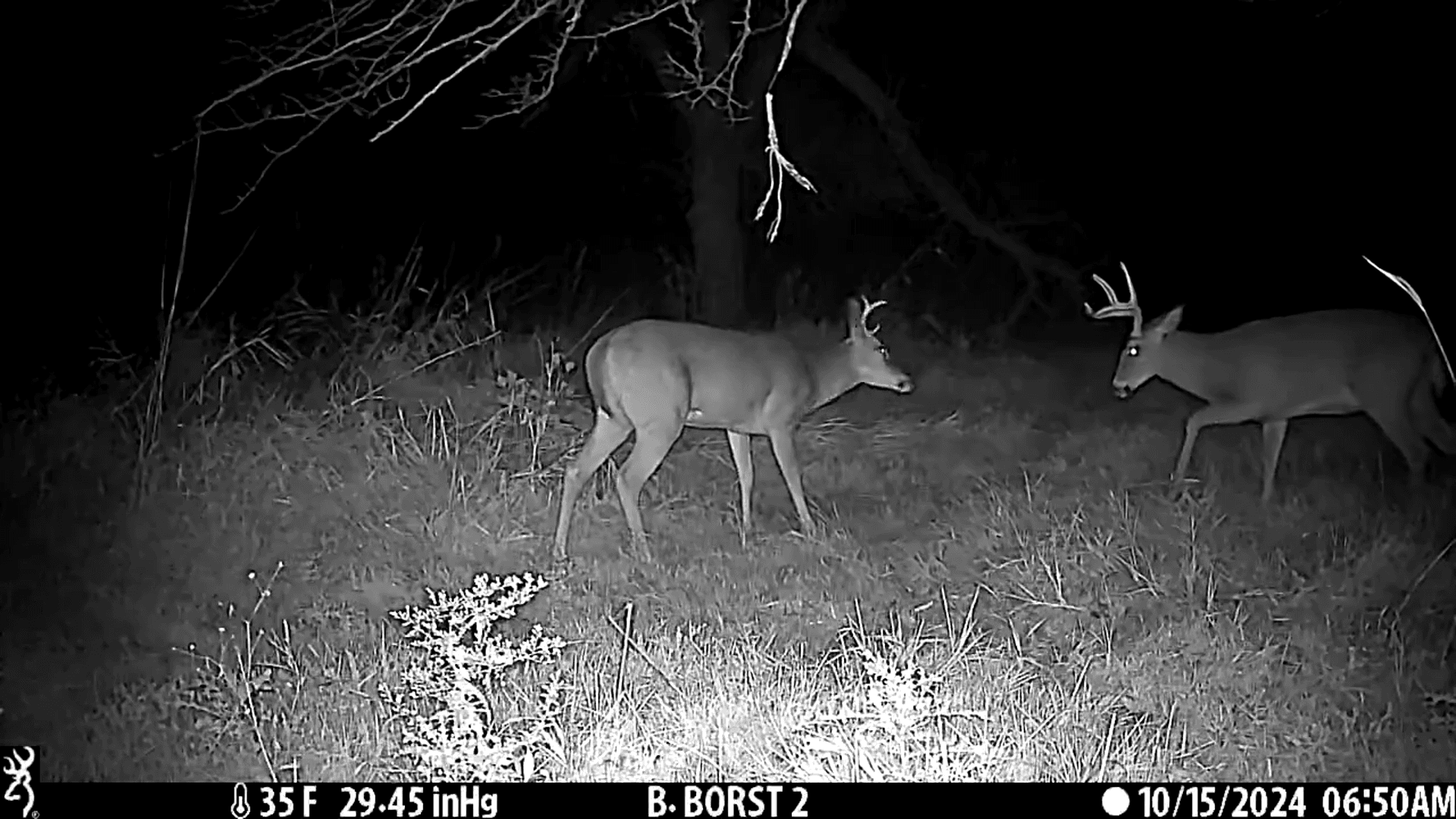
Leica Geovid 10×42 HD-B 3000 Binoculars Exceptional Performance I recently had the opportunity to use the Leica Geovid 10×42 HD-B 3000 binoculars, and I must say, they exceeded my expectations in ma
Post: 24 November 11:29

Post: 24 November 11:29

Post: 3 December 08:32

Post: 1 November 17:22

Post: 16 January 23:56

Post: 20 December 08:42

Post: 18 November 23:53

Post: 3 November 12:50

Post: 5 January 11:55

Post: 29 January 22:34

Post: 18 November 16:16

Post: 22 November 18:58

Post: 6 August 09:12

Post: 8 August 17:50

Post: 25 October 09:53

Post: 20 September 15:57

Post: 19 September 09:44

Post: 23 September 18:43

Post: 29 November 22:09

Post: 15 September 11:28

Post: 15 May 15:50

Post: 26 November 11:50

Post: 1 December 09:36

Post: 6 September 22:55

Post: 2 November 20:29

Post: 17 September 18:23